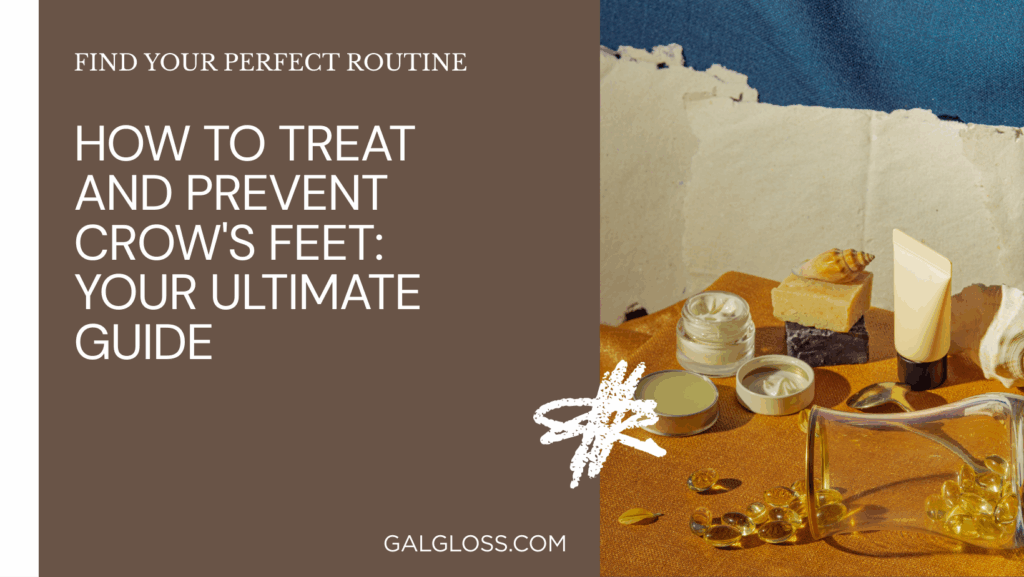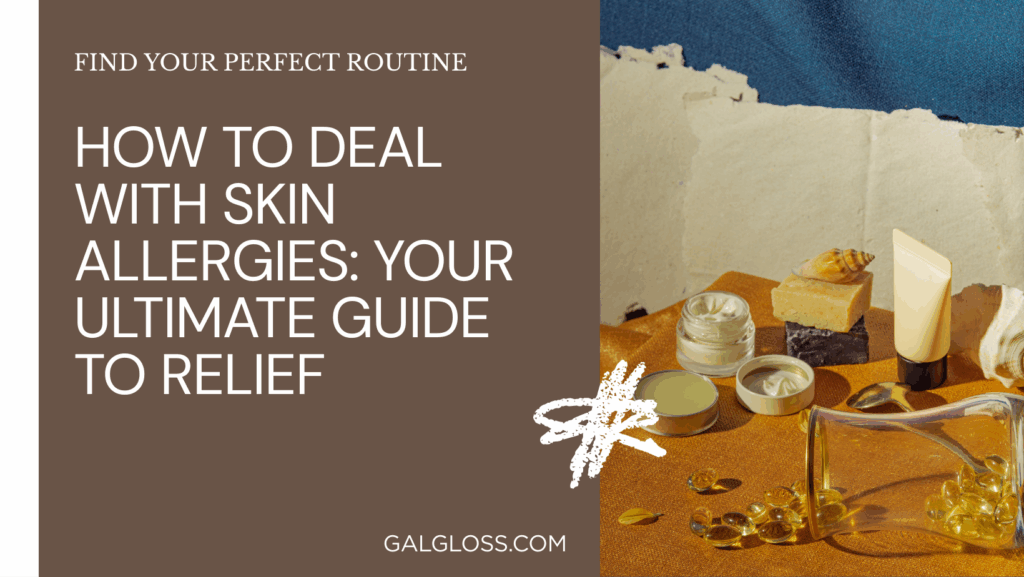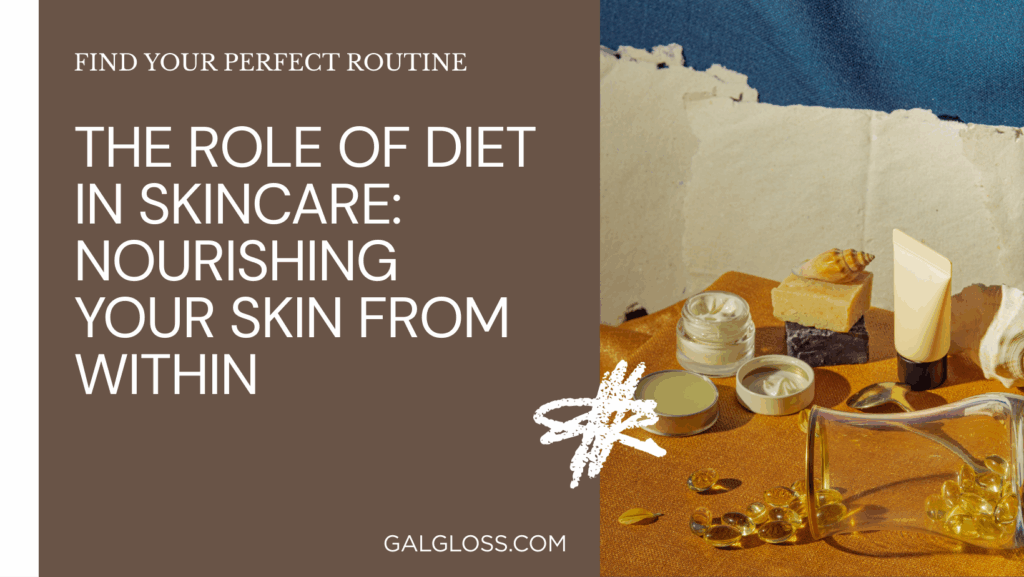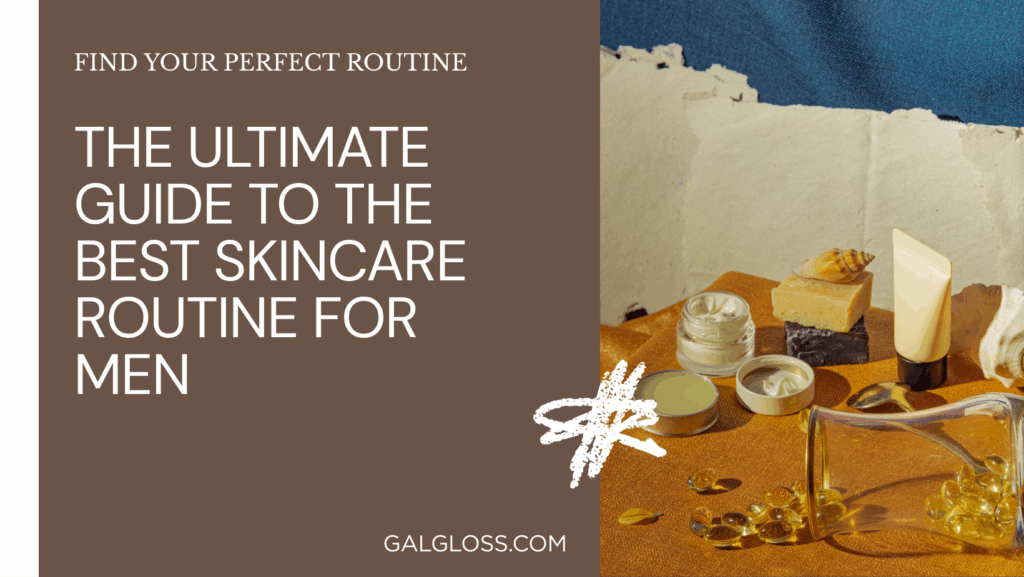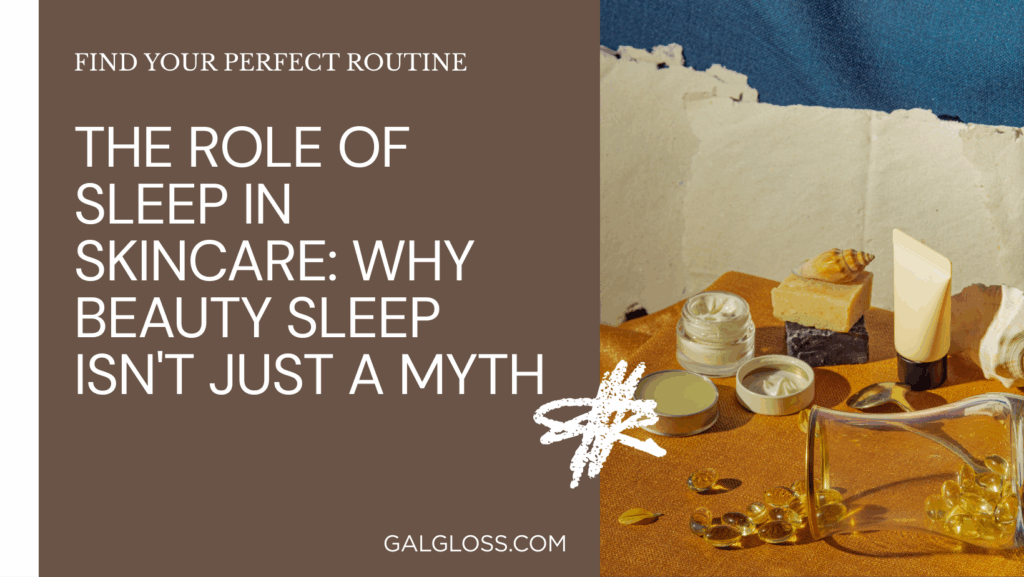Ever caught yourself doing a double-take in the mirror, wondering where those dark patches came from? You’re not alone! Sunspots can sneak up on us like uninvited guests at a party. But don’t worry – we’re about to crash their little shindig and show them the door.
What Are Sunspots, Anyway?
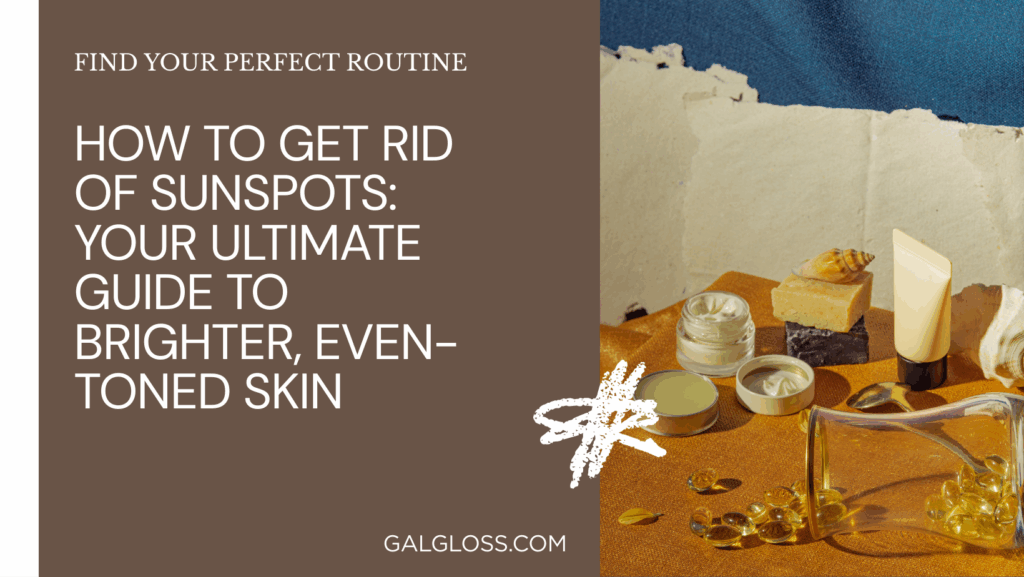
Let’s break it down: sunspots, also known as age spots or solar lentigines (fancy, right?), are flat, dark areas on your skin. Think of them as your skin’s way of saying, “Hey, remember all those beach days? Yeah, me too.”
These little troublemakers usually show up on areas that get the most sun exposure – your face, hands, shoulders, and arms. They’re like nature’s not-so-subtle hint that we’ve been soaking up too many rays.
Why Do People Want to Get Rid of Them?
Now, you might be wondering, “What’s the big deal? They’re just spots, right?” Well, for many folks, sunspots can be a real confidence killer. Here’s why:
- They can make us look older than we feel (and who wants that?)
- They create an uneven skin tone, which can be frustrating when applying makeup
- In some cases, they might be mistaken for more serious skin conditions
Plus, let’s be real – who doesn’t want that smooth, glowing skin that looks like it’s been photoshopped in real life?
Understanding Sunspots: Know Your Enemy
Before we jump into battle, let’s get to know our opponent better.
What Causes Sunspots?
Sunspots are the result of your skin going into overdrive with melanin production. Melanin is the pigment that gives your skin its color. When your skin is exposed to UV light, it produces more melanin as a defense mechanism. Over time, this can lead to an uneven buildup of melanin, resulting in those pesky dark spots.
Types of Sunspots
Not all sunspots are created equal. Here are the main types you might encounter:
- Solar lentigines: These are the classic sunspots – flat, brown spots that appear on sun-exposed areas.
- Freckles: These small, light brown spots are often genetic but can darken with sun exposure.
- Melasma: Larger patches of darkened skin, often triggered by hormonal changes and sun exposure.
Who’s Most Likely to Get Them?
While anyone can develop sunspots, some people are more susceptible:
- Those with fair skin
- People over 40 (sorry, folks!)
- Individuals who spend a lot of time in the sun
- People who use tanning beds (seriously, it’s time to quit!)
Prevention: Your First Line of Defense
As the saying goes, an ounce of prevention is worth a pound of cure. When it comes to sunspots, this couldn’t be truer.
Sun Protection Basics
Your new mantra? Slip, slop, slap, and wrap!
- Slip on protective clothing
- Slop on sunscreen (we’ll get to that in a moment)
- Slap on a wide-brimmed hat
- Wrap on some UV-blocking sunglasses
Best Sunscreens for Preventing Sunspots
Not all sunscreens are created equal. Look for these features:
- Broad-spectrum protection (blocks both UVA and UVB rays)
- SPF 30 or higher
- Water-resistant formula
Some top picks include:
- La Roche-Posay Anthelios Melt-In Sunscreen Milk SPF 60
- EltaMD UV Clear Facial Sunscreen SPF 46
- Neutrogena Ultra Sheer Dry-Touch Sunscreen SPF 100+
Lifestyle Changes to Reduce Sun Damage
- Seek shade, especially between 10 am and 4 pm
- Wear UV-protective clothing
- Avoid tanning beds like the plague
- Eat foods rich in antioxidants (think berries, leafy greens, and fish)
Over-the-Counter Treatments: DIY Sunspot Busting
Ready to take action? Let’s look at some treatments you can try at home.
Topical Creams and Serums
These ingredients are your new best friends:
- Vitamin C: A potent antioxidant that can help fade dark spots
- Retinol: Promotes cell turnover, helping to shed pigmented cells
- Niacinamide: Interferes with pigment production
- Kojic acid: A natural skin-lightening agent
Try products like:
- The Ordinary Vitamin C Suspension 23% + HA Spheres 2%
- Paula’s Choice 1% Retinol Treatment
- SkinCeuticals Discoloration Defense
Natural Remedies
Mother Nature’s got your back:
- Lemon juice: Contains citric acid that can help lighten spots (but be careful, it can make your skin more sun-sensitive)
- Apple cider vinegar: May help exfoliate and lighten skin
- Aloe vera: Soothes skin and may help reduce pigmentation
Exfoliation Techniques
Out with the old, in with the new! Exfoliation can help shed pigmented cells:
- Chemical exfoliants: Look for products with alpha-hydroxy acids (AHAs) or beta-hydroxy acids (BHAs)
- Physical exfoliants: Use gentle scrubs or a soft brush, but don’t overdo it!
Professional Treatments: Bringing in the Big Guns
When over-the-counter treatments aren’t cutting it, it might be time to see a pro.
Chemical Peels
Think of this as exfoliation on steroids. A dermatologist applies a chemical solution to remove the top layer of skin, revealing fresher, less pigmented skin underneath.
Laser Therapy
Lasers can target pigment cells without damaging surrounding tissue. Popular options include:
- Fraxel laser
- Intense Pulsed Light (IPL) therapy
- Q-switched ruby laser
Microdermabrasion
This treatment uses tiny crystals to sand away the top layer of skin, promoting cell turnover and fading dark spots.
Cryotherapy
In this treatment, liquid nitrogen is used to freeze and destroy pigmented cells. It’s particularly effective for smaller, individual sunspots.
Home Remedies and DIY Solutions: Kitchen Counter Cosmetics
Who says you need fancy products? Your kitchen might hold the key to brighter skin!
Lemon Juice Treatments
- Mix equal parts lemon juice and water
- Apply to spots with a cotton ball
- Leave on for 15 minutes, then rinse
- Use SPF afterward (lemon can increase sun sensitivity)
Apple Cider Vinegar Applications
- Mix equal parts ACV and water
- Apply to spots with a cotton ball
- Leave on for 5-10 minutes, then rinse
- Follow with moisturizer
Aloe Vera Masks
- Extract fresh aloe vera gel from a leaf
- Apply directly to spots
- Leave on overnight
- Rinse in the morning
Remember, patience is key with these treatments. Results can take weeks or even months to show.
Maintaining Results: Keeping Your Skin in the Clear
Congrats! You’ve faded your sunspots. Now, let’s keep them at bay.
Long-term Skincare Routine
- Cleanse gently twice daily
- Use a vitamin C serum in the morning
- Apply sunscreen every single day (yes, even when it’s cloudy!)
- Use a retinol product at night (start slowly to avoid irritation)
- Exfoliate 1-2 times a week
Foods that Promote Skin Health
Your diet can help protect your skin from the inside out. Load up on:
- Fatty fish (hello, omega-3s!)
- Tomatoes (lycopene is your friend)
- Berries (antioxidant powerhouses)
- Green tea (polyphenols for the win)
- Dark chocolate (yes, really! It’s rich in flavonoids)
Supplements for Skin Protection
While a balanced diet is best, these supplements might give your skin an extra boost:
- Vitamin D (ironically, many of us are deficient despite sun exposure)
- Vitamin E (an antioxidant that can help protect skin cells)
- Polypodium leucotomos (a fern extract that may help prevent sun damage)
Always consult with a healthcare provider before starting any new supplement regimen.
When to See a Dermatologist
Sometimes, we need to call in the pros. Here’s when to book that appointment:
Signs that Professional Help is Needed
- Your sunspots are changing in size, shape, or color
- You have a spot that’s significantly darker than others
- At-home treatments aren’t working after several months
- You’re not sure if what you’re seeing is a sunspot or something else
What to Expect During a Consultation
- A full skin examination
- Questions about your sun exposure history and skincare routine
- Possibly a biopsy if there’s any concern about skin cancer
- Discussion of treatment options tailored to your specific needs
Remember, dermatologists are your skin’s best friend. Don’t hesitate to seek their expertise!
Conclusion: Your Journey to Spotless Skin
Whew! We’ve covered a lot of ground, haven’t we? Let’s recap the key points:
- Sunspots are caused by UV exposure and overproduction of melanin
- Prevention is crucial – sunscreen is your new BFF
- Over-the-counter treatments can be effective, but require patience
- Professional treatments offer more dramatic results
- A consistent skincare routine is key to maintaining results
- Don’t forget the power of a healthy diet and lifestyle
Remember, the journey to spot-free skin is a marathon, not a sprint. Be patient with your skin, and don’t get discouraged if you don’t see results overnight. Every step you take is bringing you closer to the radiant, even-toned complexion you’re after.
And hey, while you’re working on fading those sunspots, don’t forget to appreciate your skin for all it does. It’s your body’s largest organ, your first line of defense against the world. A few spots don’t change that!
So slather on that sunscreen, pop on a hat, and go enjoy life. Your future self (and your skin) will thank you!
